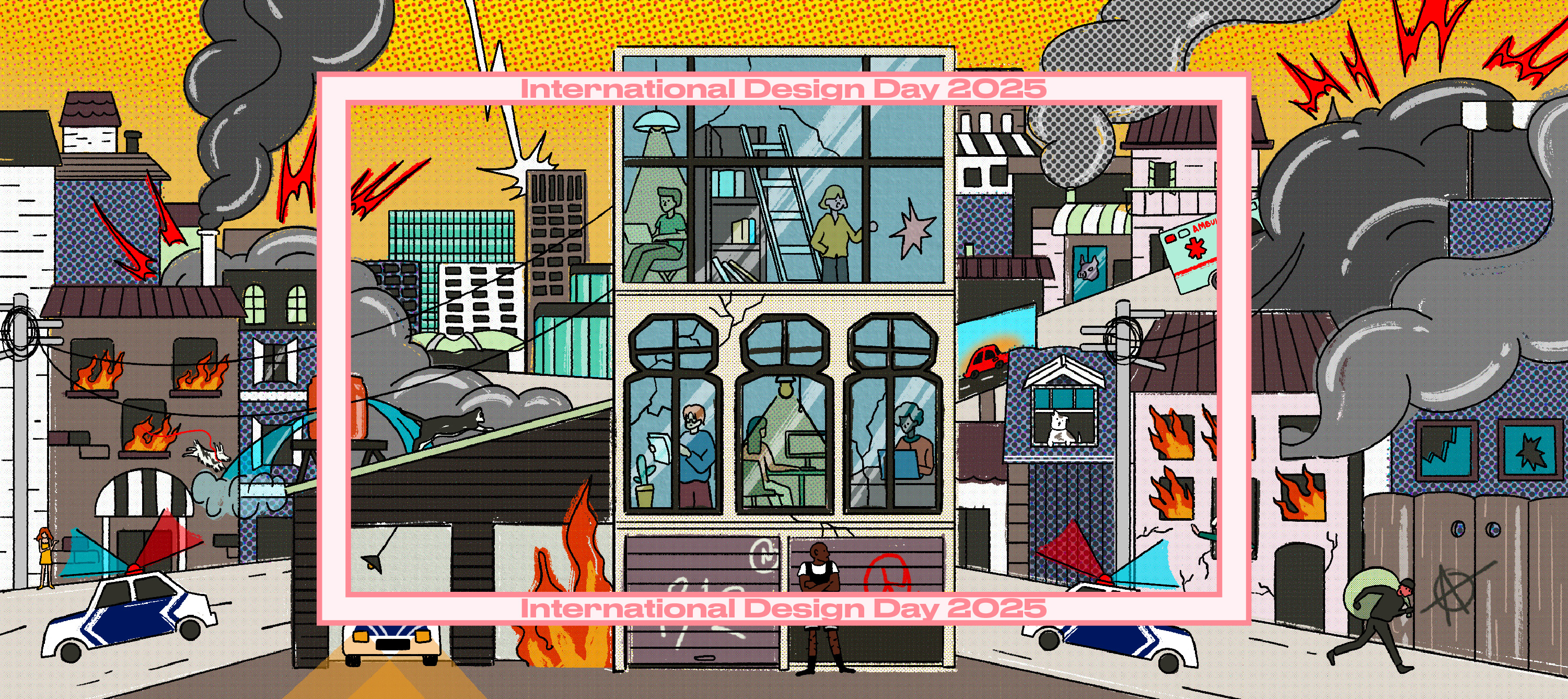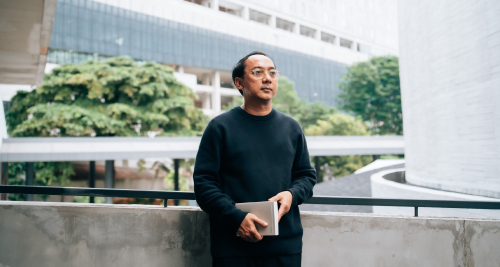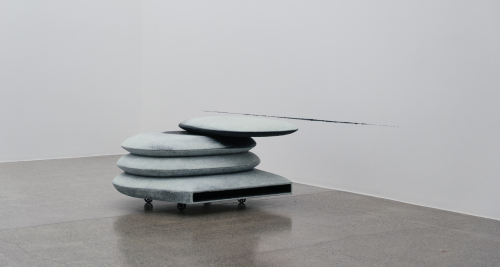Can We Nurture Design Optimism Amid Uncertainty?
This year’s International Design Day (IDD) theme–Outlandish Optimism–invites designers to imagine possibilities of alternative futures. The theme was created as a response to the conditions of today’s reality that is filled with doom and gloom. Outlandish Optimism actively resists despair and to establish hopefulness as a methodology of design- and of living. We must first begin by asking: is it possible for designers to be optimistic about the future?
There is no denying the looming anxiety that shapes conversations about the future of graphic design, as today’s world is fraught with economic, social, and political crises. News cycles are filled with dread- reporting war crimes, genocide, and the erosion of humanity (for capitalistic greed) and we collectively embrace pessimism as a ‘natural response’ towards life in Indonesia and to the world at large. The International Council of Design (ICoD) coined the phrase “outlandish optimism” as a term that challenges this instinct and to invite designers to return to their core strength of imagination to create a vision of hope for the future.
In Indonesia, the past decade has been marked by a significant shift in the landscape of graphic design, which goes beyond the conventional aesthetic and technical growth. Graphic design has become a critical agent in social, cultural, and even national discourse. It now stands as a strategic sector within Indonesia’s creative economy. This progress owes much to the support and recognition from policymakers, particularly the national government, in building an industry that not only thrives but sustains its practitioners.
The significance of graphic design was not built overnight- we must go back to its roots, which was established by the Creative Economy Agency (BEKRAF). They were the first institution that officially recognized graphic design as a vital subsector and appointed the Indonesian Graphic Designers Association (ADGI) as its official partner; together, their partnership formalized the beginnings of the graphic design industry. Before this, the boundaries between graphic design and printing industries were often blurred in the public eye—designers were seen as appendages to print production. Simultaneously, the rise of digital culture catapulted the industry’s growth by increasing accessibility to design knowledge and signified the utility of graphic design across sectors.
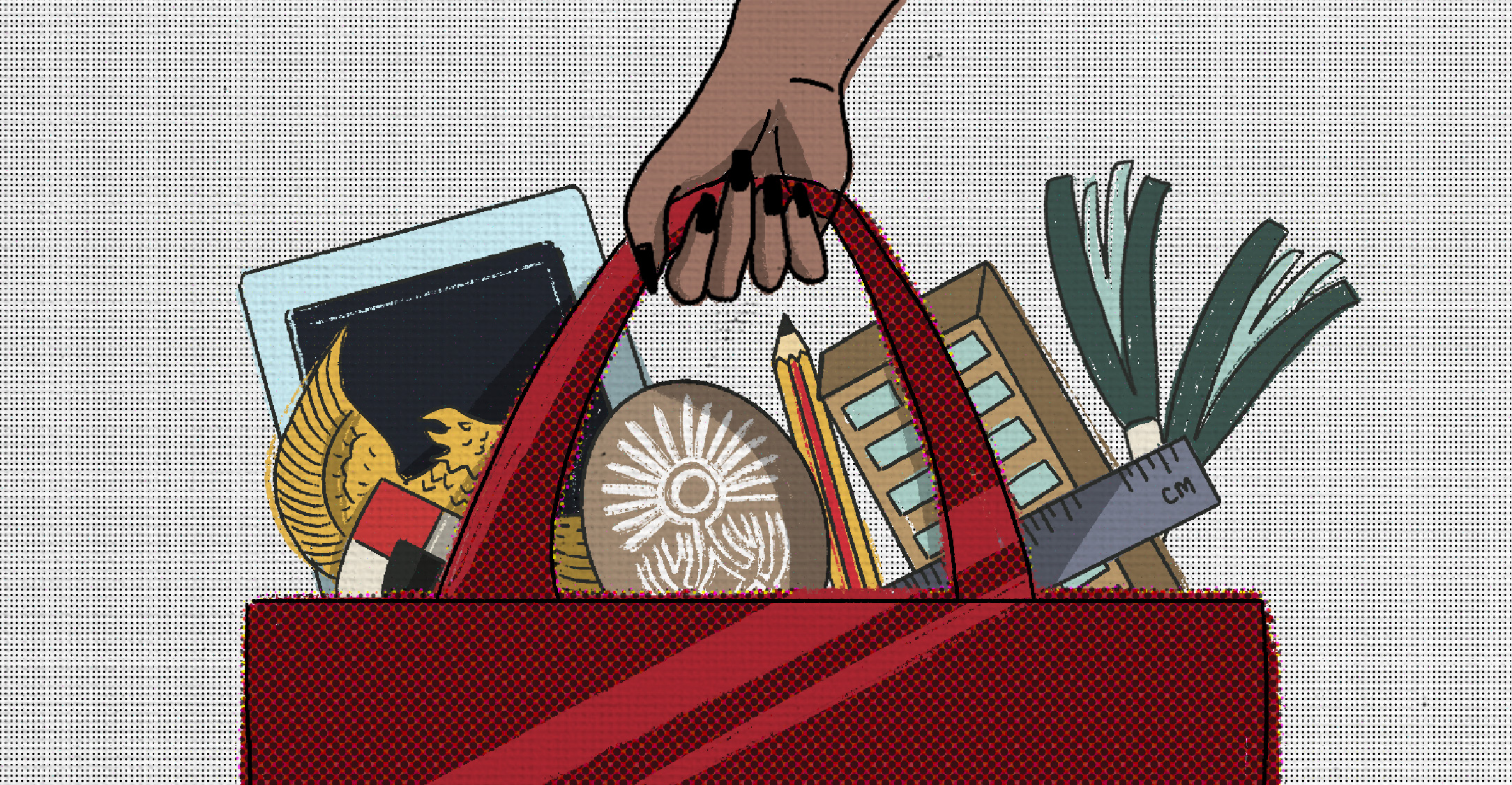
ADGI’s involvement has been pivotal to the industry boom. “Previously, ADGI might have just been a community,” says Ritchie Ned Hansel, Chairperson of ADGI. “But with the formation of BEKRAF, the graphic design industry began to carve out its own space.” The partnership between BEKRAF and ADGI created opportunities for designers to be involved in national strategic projects, which included the official logo design for Indonesia’s 71st Independence Day. While efforts had begun during the 70th anniversary, it wasn’t until later in the following year that BEKRAF and ADGI began their collaboration. This project signified the holistic function of graphic design amongst government officials, as it proved that a well-crafted visual communication- grounded in sound design principles- attracted public engagement.
The positive public reception towards the logo design for the 71st Independence Day fostered optimism for Indonesia's design landscape and led to the rising participation of Indonesian designers in global-scale events such as the 2018 Asian Games and the G20 Summit in Bali. Working under tight deadlines and global scrutiny, Indonesian designers had to uphold their high standards (for the sake of national pride). Their success across these projects proved that with the right systems in place, local talent could meet and exceed international expectations.
The next line of duty was designing for the official logo of Indonesia’s new capital, Nusantara (IKN). In this process, ADGI launched ADGI Hub, a program that functioned as an incubator that bridged the ‘gap’ between professional designers and state institutions. “Graphic design’s value is being recognized amongst government officials. They are seeing that when a project is managed under (our) professional standards, the results are far more impactful,” Ritchie says. The IKN Project continued the thread of successes across these state-led projects and it started the trend amongst government ministries to enlist local designers to enliven their visual communication.
But do these moments alone justify the need to be optimistic about the future of Indonesian graphic design?
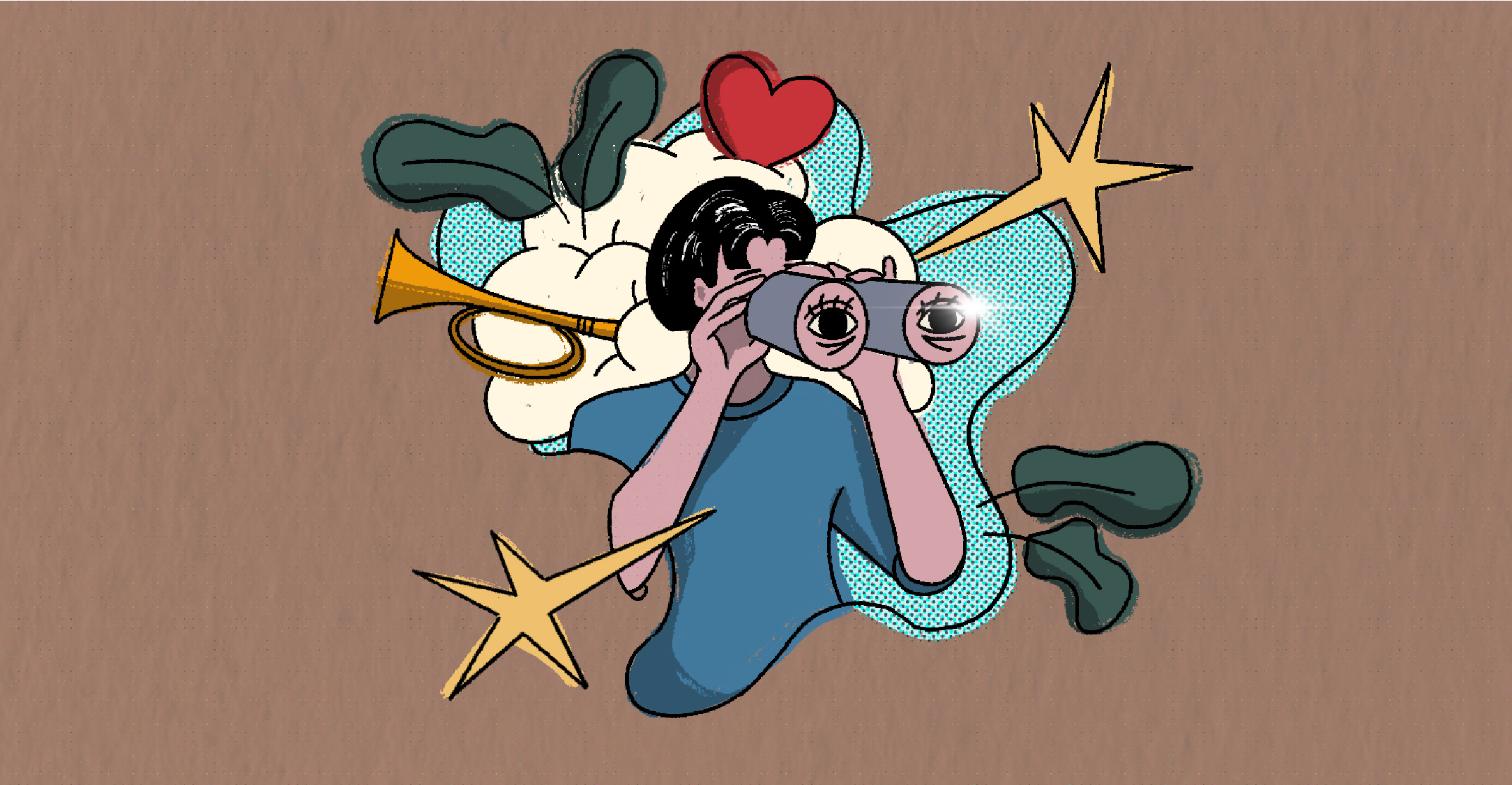
Upon reflection, these projects signify the possibility to remain optimistic about the future of Indonesian graphic design but it has also revealed new challenges that may come. As the industry is increasingly professionalised, it continuously raises the standards for design. At the same time, it has also widened the gap of accessibility, where the privileged continue to thrive and those without are left behind. While there is an increasing demand amongst public and private institutions for high-quality design, many young or independent designers still find themselves excluded from these ecosystems. For instance, administration and bureaucracies remain a major issue for access. According to Ritchie, many design projects are stalled due to complex administrative systems. “Often, a project only takes off if there is a high level of political will from the clients (e.g. officials) involved,” he explains. “The real challenge is creating a system that is able to run- regardless of the individuals involved-, a system that genuinely serves the public.”
In the context of graphic design, optimism might need a new definition. It’s not about believing that “everything will be fine,” but it is about perseverance- acknowledging the complexity of present-day realities and choosing to create despite it all. Outlandish Optimism means having the courage to imagine and to create a better world through design, even when the circumstances say otherwise. Today, countless studios, collectives, and individual designers are involving themselves in social movements, humanitarian campaigns, environmental advocacy, and public education; channeling their skills to be of use for a greater cause. These efforts prove that graphic design can transcend the function of aesthetics, but to hold purpose for community- fostering solidarity and igniting change. Therefore, to work- in this context- embodies the IDD’s theme of Outlandish Optimism: establishing design as a tool not solely for consumption, but to reshape perspectives.
To embrace optimism demands confrontation with the challenges that arise (in the future), which includes unequal access, an unstable creative economy, political polarization that threatens freedom of expression, and the rise of algorithm-driven platforms that reward virality over substance. Emerging technologies like AI pose new dilemmas in the value of design: enabling efficiency and innovation and raising the concerns towards the erosion of originality. In this case, the step towards optimism begins from adaptation.
Maintaining a healthy design ecosystem also presents difficulties, such as mentorship for new professionals, openness to new practices, and community inclusivity (which remain unaddressed). In this light, optimism isn’t a passive state—it’s an active, collective effort. It requires dreaming big, moving steadily, and remaining committed, no matter how small the steps may seem. Taking inspiration from this year’s International Design Day: in a world full of chaos and unpredictability, our capacity to imagine–our ability to see possibilities beyond reason–is our most powerful asset to go forward.
Perhaps it is precisely in these dark and uncertain times that the role of graphic design is tested: not merely as a visual communicator, but as an architect of possibilities. This does not mean we know exactly what lies ahead, but that we choose to envision something better–and build it, piece by piece, through every project, every collaboration, every idea. In a world that tolerates violence, disinformation, and injustice, our optimism–however unreasonable–is a form of resistance. And design, with all its imaginative power, is our instrument of struggle.
